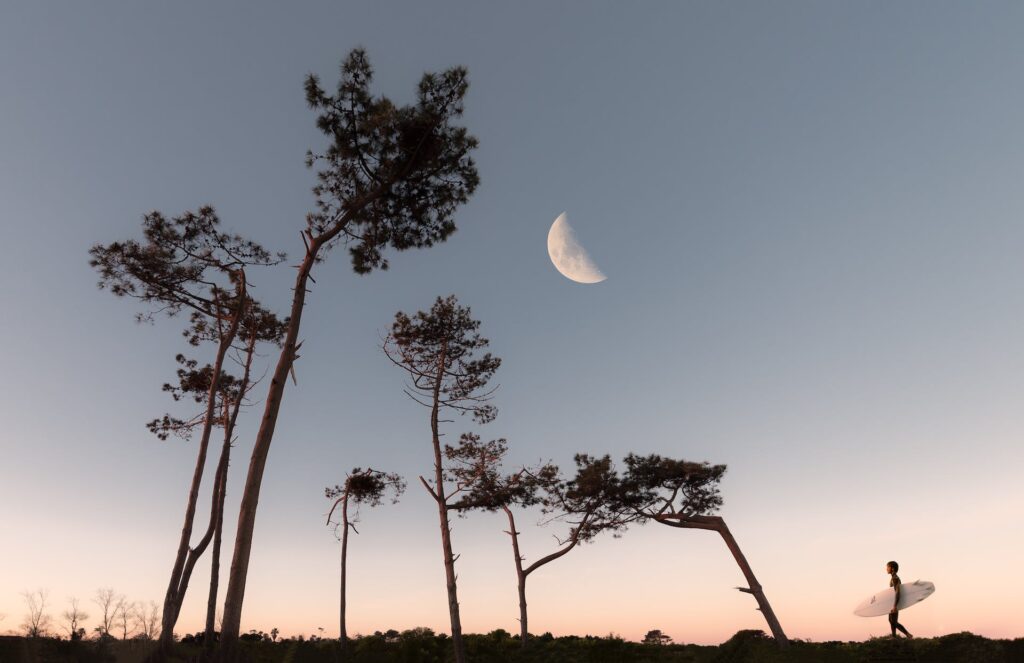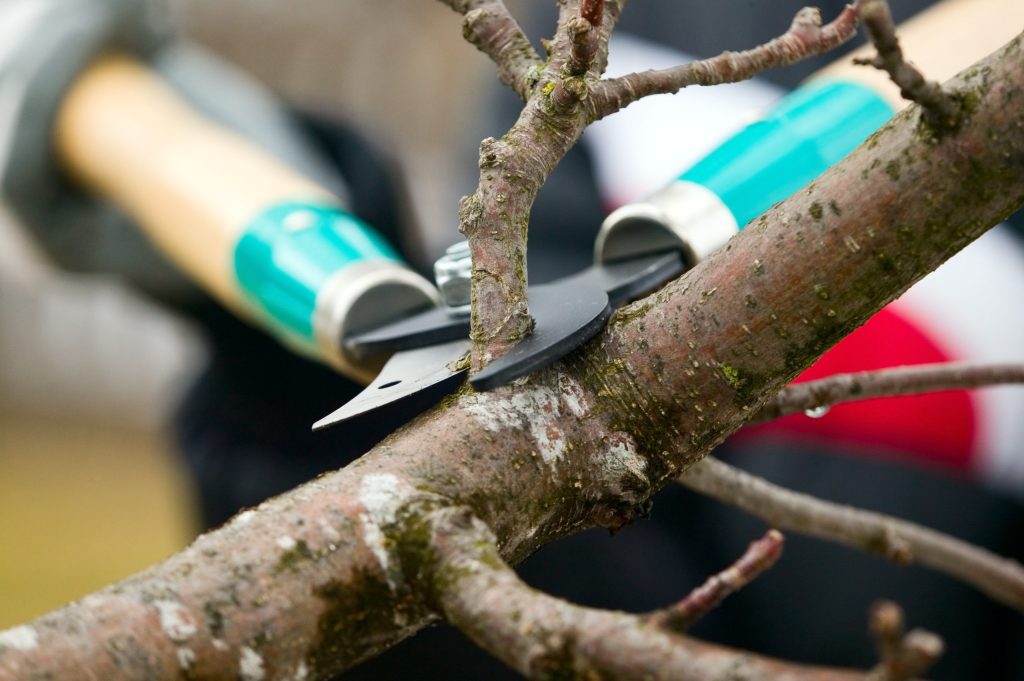A meticulously planned landscape has the power to metamorphose an ordinary yard into a sanctuary of enchanting beauty and serene tranquility. Within this carefully orchestrated tapestry of nature and design, trees emerge as the linchpin, weaving together the elements that harmonize and elevate the overall aesthetic and peaceful ambiance. Landscaping with trees transcends the mere enhancement of your outdoor space’s visual allure; it becomes an investment in the holistic vitality of your yard. Beyond the sheer aesthetics, the presence of thoughtfully chosen trees contributes significantly to the overall well-being and ecological balance of your outdoor environment. Within this guide, we will delve into the realm of expertise, offering valuable insights and seasoned advice on seamlessly integrating trees into your landscaping. These tips are designed to not only enhance the visual splendor but also to foster the robust health of your yard, creating a verdant haven that stands as a testament to thoughtful and informed landscape design.

Choose the Right Trees for Your Climate
Carefully choosing trees that flourish within the unique parameters of your local climate is paramount to ensuring their enduring vitality and long-term health. Given that various tree species exhibit distinct temperature and moisture preferences, seeking guidance from local arborists or reputable nurseries becomes imperative. Consulting with these experts will empower you to discern the optimal tree options tailored to the specific climatic nuances of your region. Native trees often adapt more easily to the local climate and soil conditions.
Plan for Growth
When planting trees, it’s essential to consider their eventual size and shape. Plan for the growth of the tree over the years, ensuring that it won’t outgrow its space or interfere with structures, power lines, or other plantings. Meticulous attention to the adequate spacing and strategic placement of trees is pivotal in forestalling potential challenges in the future. Thoughtful consideration in this regard ensures not only the immediate visual harmony of your landscape but also safeguards against complications that may arise as trees mature and expand.
Create Layers and Variety
A diverse selection of trees can add visual interest to your landscape. Consider incorporating trees of varying heights, shapes, and foliage textures to create a layered and dynamic effect. This diversity not only enhances the aesthetic appeal but also contributes to the ecological balance of your yard.
Balance Shade and Sunlight
Strategic placement of trees can help balance shade and sunlight in your yard. This is especially important for creating comfortable outdoor living spaces. Opting for deciduous trees proves to be a judicious selection, skillfully orchestrating a dual-purpose ballet in your landscape. During the warmer months, these trees generously bestow cooling shade, creating a welcome respite from the sun’s intensity. Come winter, their graceful transition into leafless silhouettes facilitates the gentle infusion of sunlight, ensuring a well-balanced play of the seasons within your outdoor sanctuary.
Pay Attention to Seasonal Interest
Choose trees that offer visual interest throughout the seasons. Some trees bloom in the spring, while others display vibrant foliage in the fall. Evergreen trees maintain their greenery year-round, providing structure and color even in the winter months. A well-planned mix of seasonal interest ensures your yard remains captivating throughout the year.
Implement Proper Planting Techniques
Prudent planting practices stand as the bedrock for nurturing the well-being and enduring vitality of your trees. The foundational act of planting, when executed with care and precision, sets the trajectory for their growth, ensuring not only immediate stability but also fostering the long-term resilience and longevity of these arboreal companions in your landscape. Follow best practices for planting, including digging an appropriate-sized hole, amending soil as needed, and providing adequate water during the establishment phase. Mulching around the base of the tree helps retain moisture and suppress weeds.
Invest in Regular Tree Care
Just like any other living organisms, trees require care and maintenance. These interconnected practices, when performed consistently, serve as the guardians of your trees, promoting structural integrity, nutrient enrichment, and resilience against potential pest threats, thereby nurturing a flourishing and robust canopy in your landscape. Deliberate the prospect of enlisting the expertise of a certified arborist—an arboreal virtuoso skilled in the intricate dance of tree health. Entrusting the evaluation and care of your trees to these knowledgeable professionals ensures not just survival but a thriving symphony of botanical vitality. Their practiced eyes and skilled hands will orchestrate a tailored regimen, enhancing the well-being and longevity of your arboreal ensemble, transforming your landscape into a verdant masterpiece under their expert guardianship.
Water Wisely
Meticulous watering takes on an elemental role, particularly in the nascent stages of a tree’s existence. It transcends mere routine; it becomes a pivotal act, a nurturing gesture that holds the key to the tree’s initial growth and establishment. The judicious application of water during this formative period is not merely a chore but an indispensable investment in the tree’s resilience, setting the stage for a robust and flourishing life in your landscape. Deep and infrequent watering encourages the development of a strong root system. Mulching around the base of the tree helps retain moisture, reduces competition from grass, and regulates soil temperature.
Integrate Hardscape and Softscape Elements
Combine trees with hardscape elements such as pathways, patios, or outdoor structures to create a harmonious balance between the natural and built environment. The juxtaposition of softscape (plants, trees) and hardscape elements adds visual interest and functionality to your yard.
Consider Wildlife and Ecosystem Benefits
Trees play a vital role in supporting local ecosystems. They serve as more than mere arboreal entities; these trees become bustling ecosystems in themselves, offering shelter and sustenance to a myriad of life forms. From providing cozy habitats for birds to acting as sustenance stations for insects and other wildlife, these verdant sentinels stand as indispensable contributors to the intricate web of biodiversity within your landscape. Consider the ecological impact of your tree choices and aim to create a yard that contributes positively to the local environment.
In conclusion, landscaping with trees is a multifaceted endeavor that goes beyond aesthetics. Conscientious planning, diligent care, and the discerning curation of tree varieties weave a tapestry that extends beyond mere visual allure, culminating in a yard that is not just aesthetically captivating but also a paragon of ecological sustainability. This thoughtful orchestration harmonizes the beauty of nature with responsible stewardship, creating a haven where the visual splendor coexists seamlessly with the preservation of our precious ecosystem. Embracing these seasoned recommendations paves the way for crafting an outdoor haven that transcends mere aesthetics—it becomes a thriving sanctuary. Implementing these expert tips is not merely a gesture toward personal gratification; it is an investment in elevating the collective well-being of both your immediate environment and the broader community. In adhering to these insights, you forge a landscape that not only enriches your own quality of life but also contributes positively to the shared tapestry of your community’s outdoor experience.

